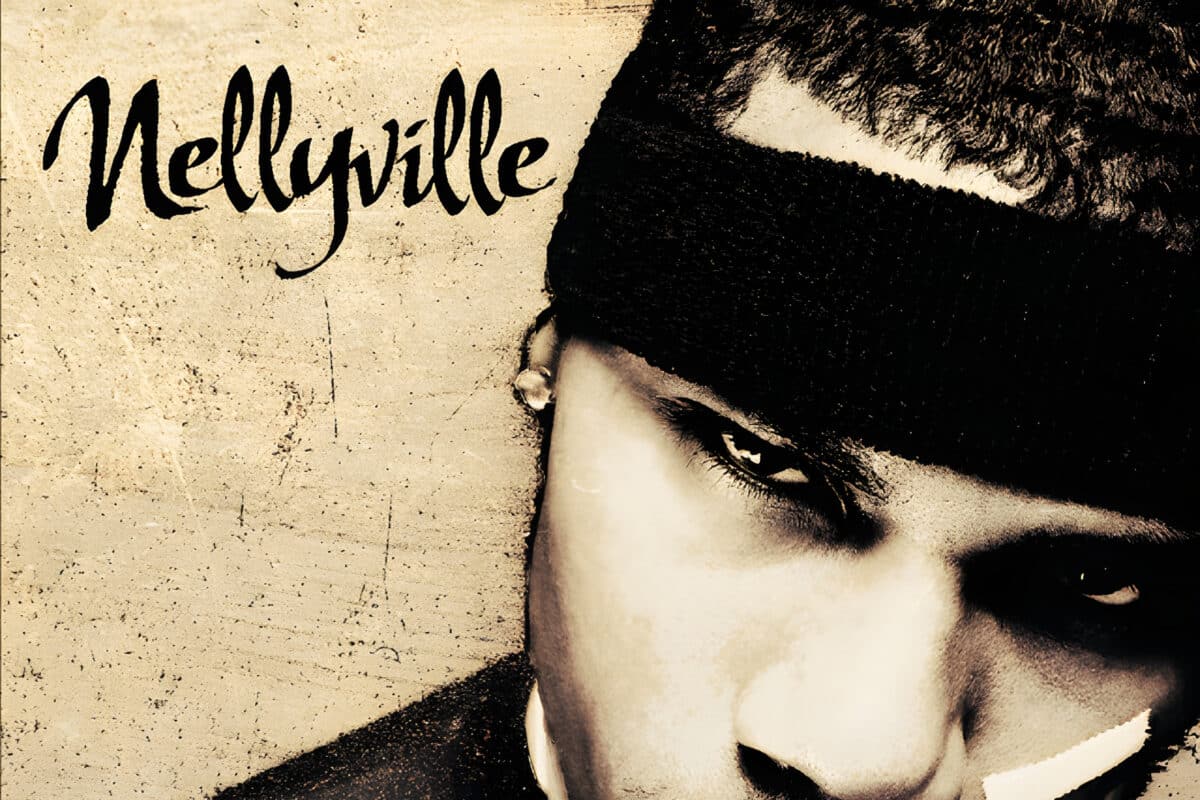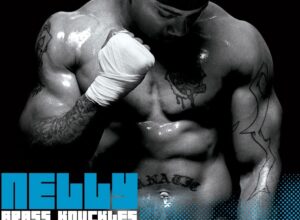Released: 2002
“Air Force Ones” by Nelly, featuring artists Murphy Lee, Ali, and Kyjuan, is an ode to the beloved sneaker silhouette, the Air Force Ones, created by Nike. It represents the impact of hip-hop culture on fashion, particularly how sneakers have become a status symbol within the community. This expansive track delves into the artists’ admiration for different variants of the shoes, their efforts to acquire heaps, and their experience wearing them.
The chorus is a catchy, repeated demand: “(I said) give me two pairs (Cause) I need two pairs (So I) can get to stompin’ in my Air Force Ones”. It’s a braggadocios declaration of their desire to double up on the iconic sneakers so they can wear them confidently, emphasizing the prestige associated with owning multiple pairs of popular sneakers, a common practice among sneakerheads.
As the verses unfold, the artists share their personal preferences in Air Force Ones. “I like the all-white, high-top strap with the gum bottom” refers to the aesthetic preferences; the high-top variant is a variation of the sneaker that extends higher onto the wearer’s ankle, the ‘gum bottom’ is a reference to the distinctive brown rubber sole featured in certain editions of the shoe.
The line, “I leave ’em strapped and laced and come up out ’em” is a nod to the preferred style of wearing these sneakers – leaving them tied (“laced”) and strapped, increasing their lifespan.
The lyrics also project an air of exclusivity and uniqueness. When they rap about specific colorways like “lime-green Forces” or “limited edition, khaki, and army green”, it reflects the sneaker culture, where rare colorways and limited editions are especially prized. The phrase “if the shoe is on the shelf, you should have some, man” encourages possessing these exclusive kicks, highlighted as a mark of status in the hip-hop culture.
The track further touches on the experience of shopping for sneakers, with lines like “We up in Foot Locker; I’m lookin’ like I need those”. This scene mirrors the excitement and anticipation that surrounds snagging new releases, with “Foot Locker” being a popular retailer of athletic footwear.
Finally, we see the intersection of sneaker culture with other aspects of pop culture, with mention of sports teams like the Lakers and the Broncos, reflecting the use of team colors in sneaker aesthetics. Even the phrase “white on whites” captures the intense appeal of the clean, crisp look of all-white sneakers, and the disappointment when they inevitably get scuffed, indicating the symbol of pristine sneakers in the scene.
In essence, “Air Force Ones” isn’t just a song about a pair of sneakers. It captures the spirit of sneaker culture, where shoes are a form of personal expression, a status symbol, and a point of pride for fans and artists alike. It’s a celebration of the deep relationship between hip-hop and fashion, where Nelly and his crew wax lyrical about the shoe that holds a special place in their hearts and wardrobes.








